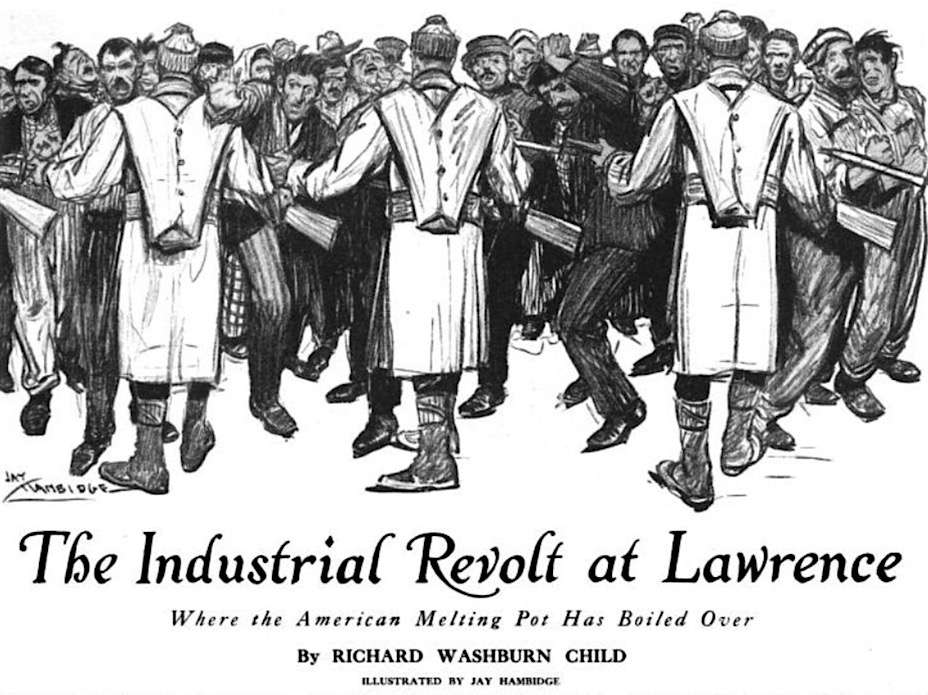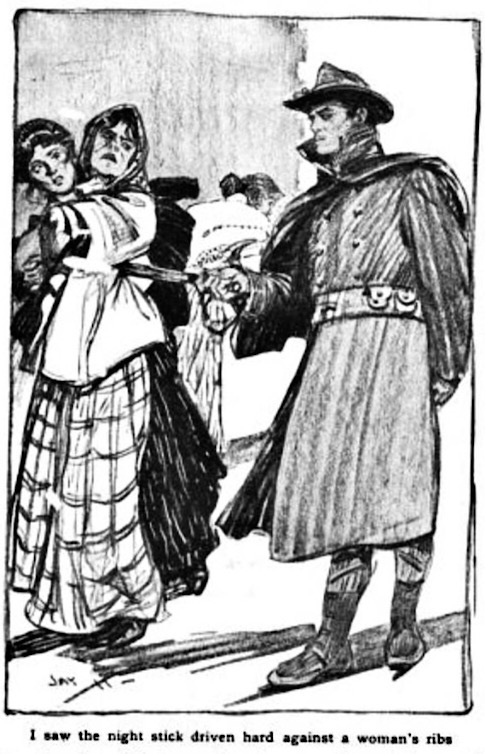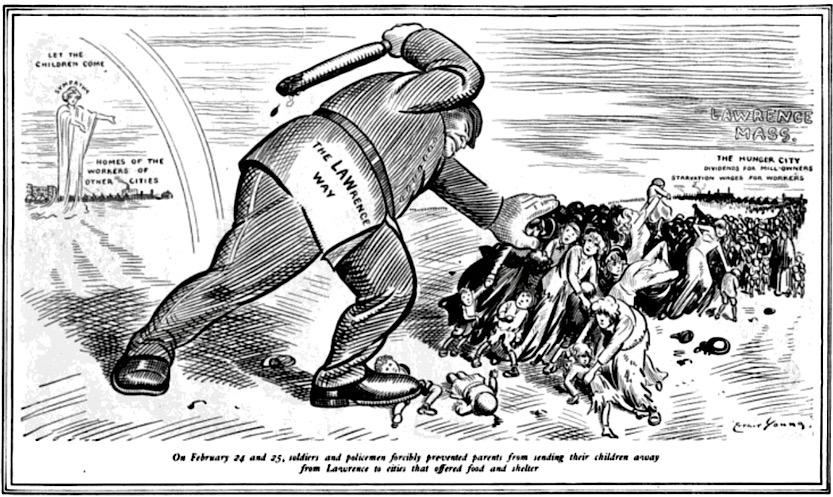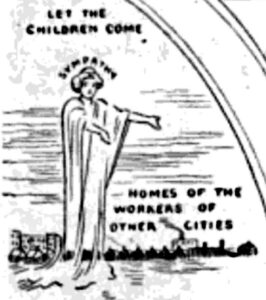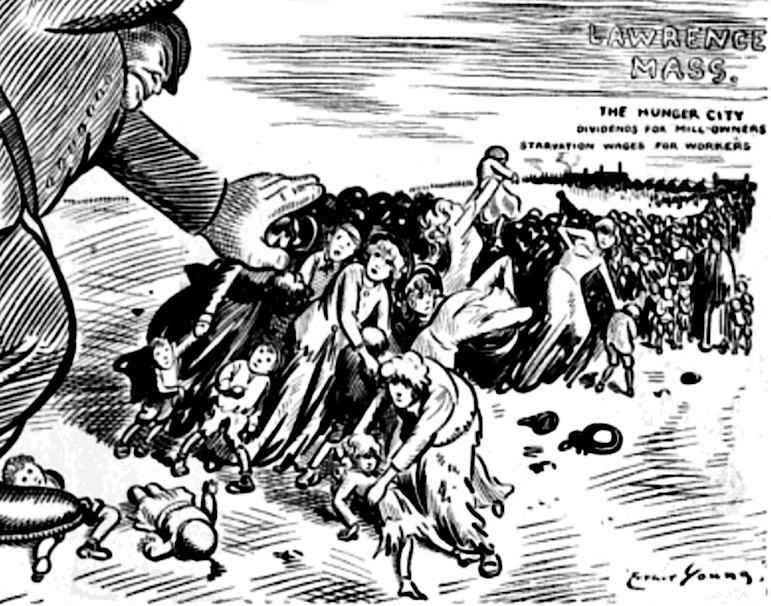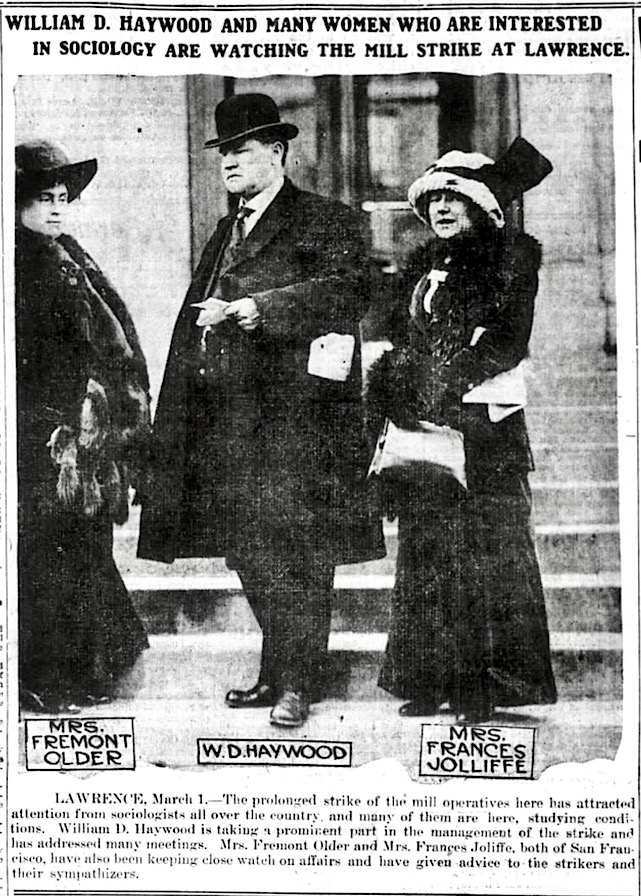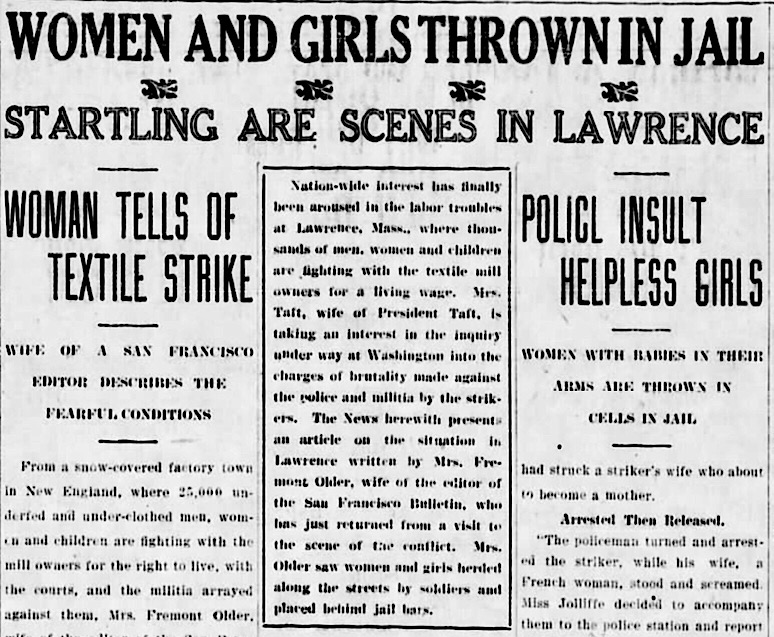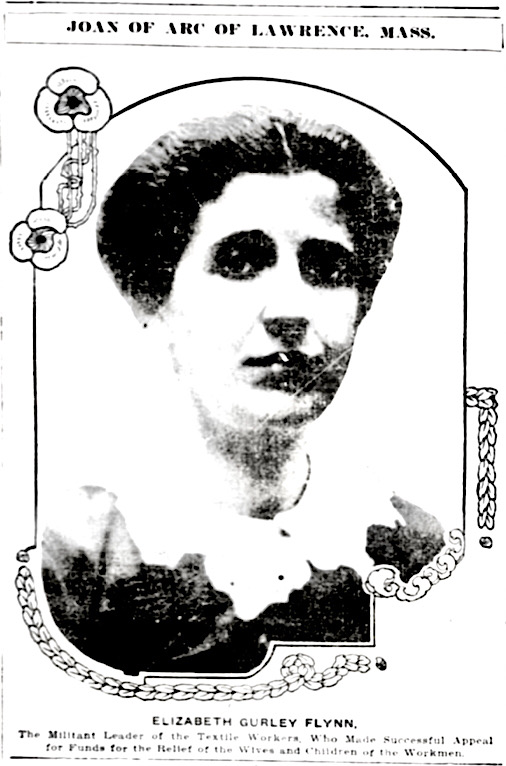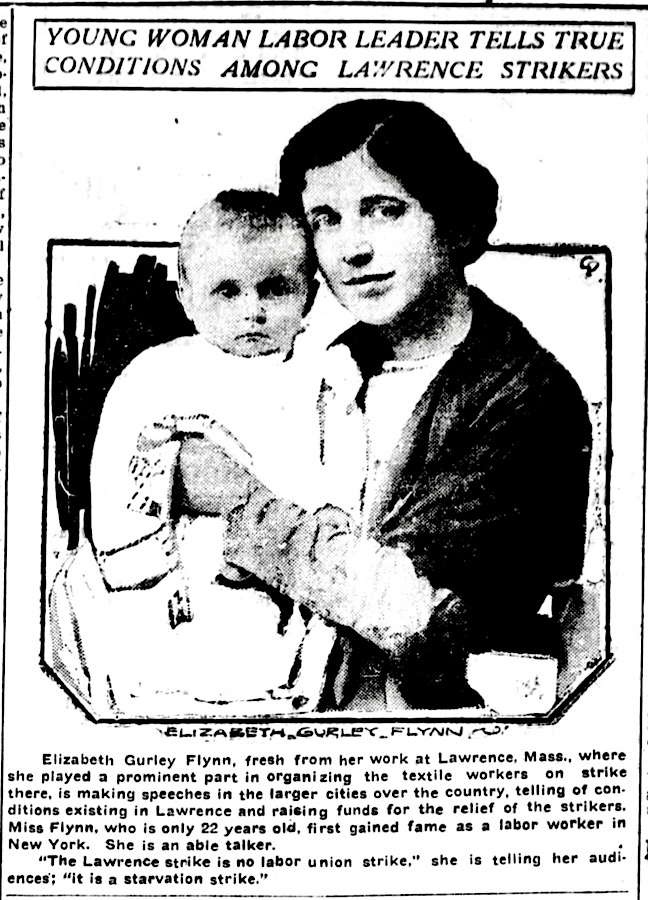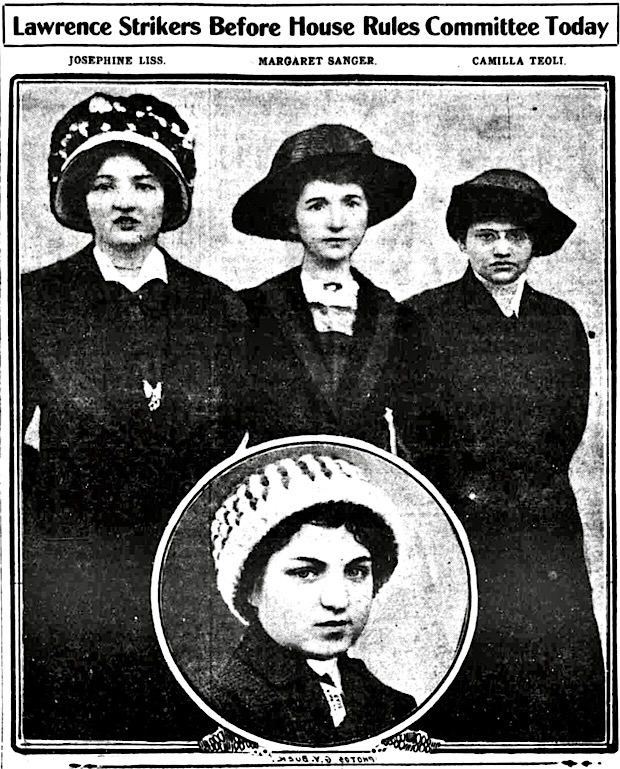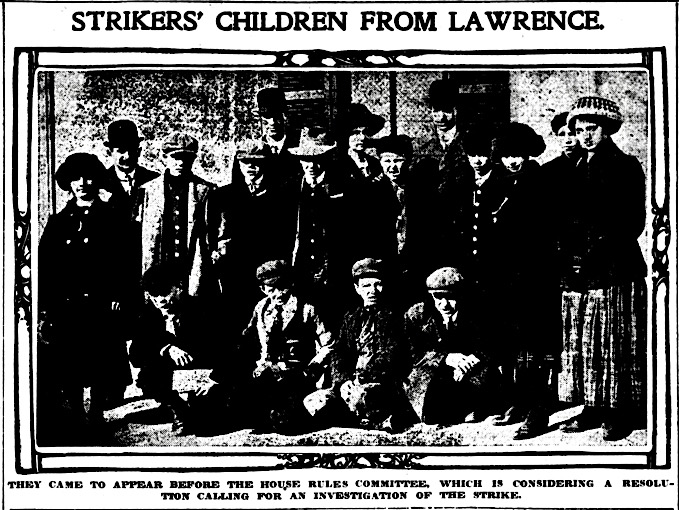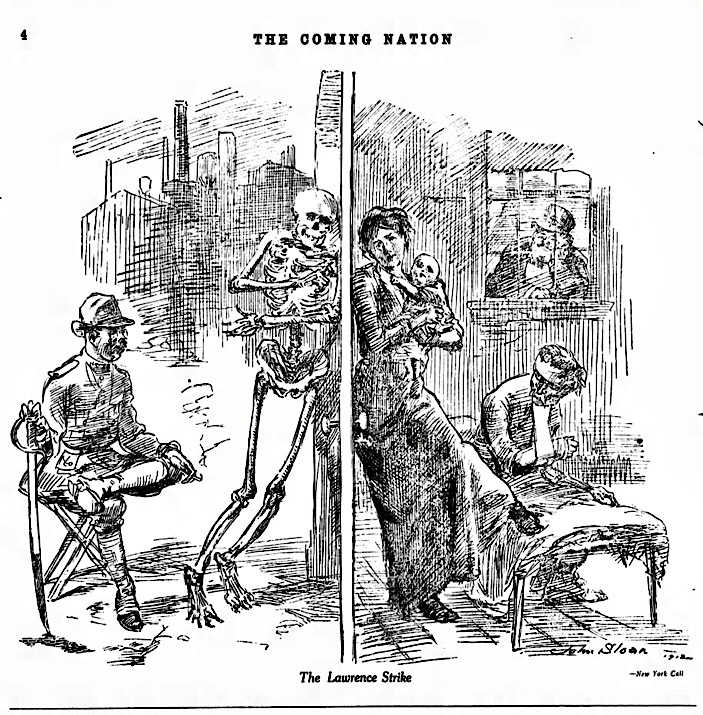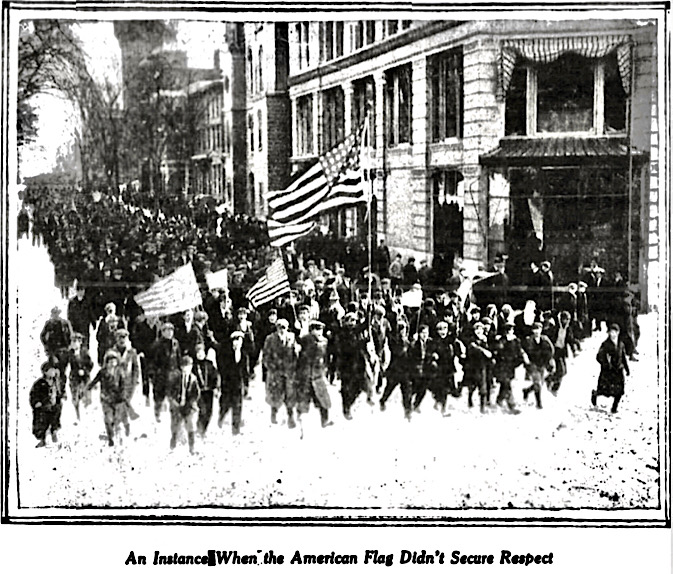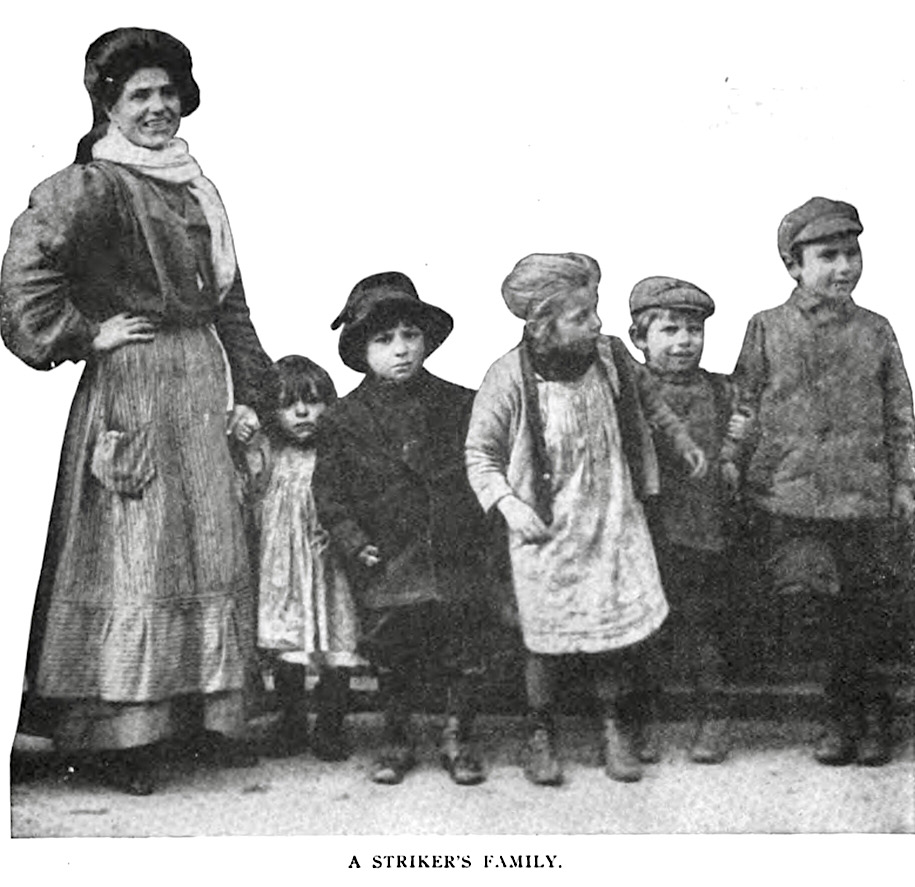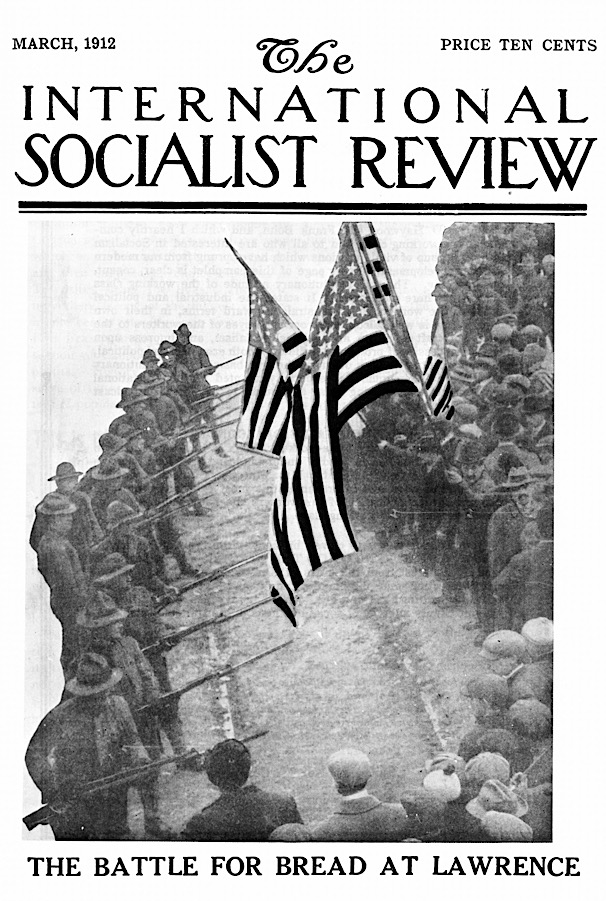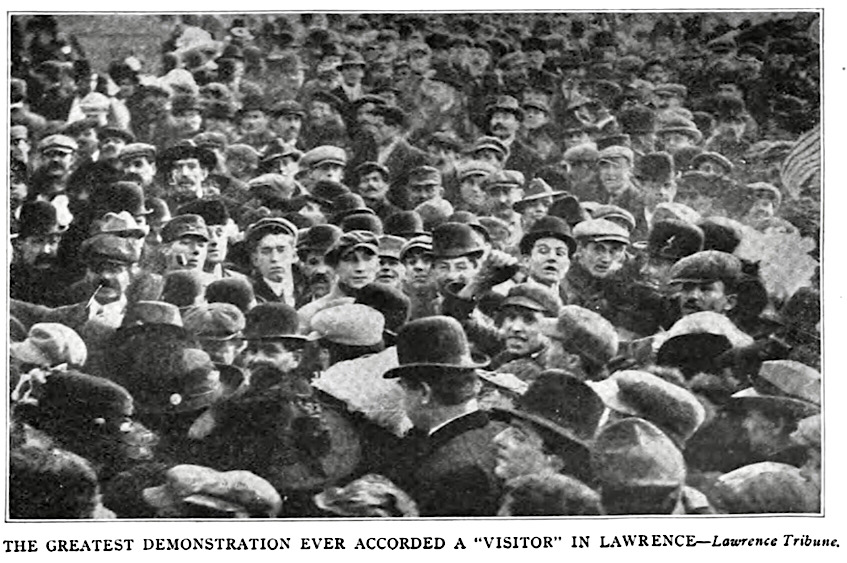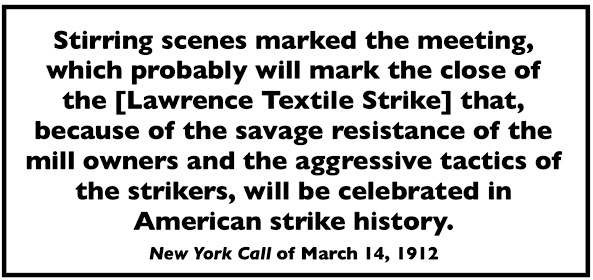 —————
—————
Hellraisers Journal – Friday March 15, 1912
Lawrence, Massachusetts – Stirring Scenes as Strike Committee Agrees to End Strike
From The New York Call of March 14, 1912:
(By United Press.)
LAWRENCE, Mass., March 13.-The great textile strike practically came to an end at 11:30 today when the subcommittee of the strikers accepted a schedule of increased wages offered by William H. Wood, president of the American Woolen Company.
Immediately after indorsng the schedule, the subcommittee submitted it to the Strike Committee of the whole, which enthusiastically adopted it after less than a half hour’s consideration.
The strikers announced that they had gained virtually every concession asked when the strike was declared nine weeks ago.
The terms of settlement here will probably be applied to the entire textile industry throughout New England and New York State, and the increases in that event will affect over 300,000 workers.
Stirring scenes marked the meeting, which probably will mark the close of the conflict that, because of the savage resistance of the mill owners and the aggressive tactics of the strikers, will be celebrated in American strike history.
Chant the Internationale.
The dingy hall in the basement of which more than 2,000 men, women and children have been fed by the union for two months, resounded with the jubilant cries of the strikers. One man rushed to the platform and led in singing of “L’Internationale,” which was chorused by the audience.


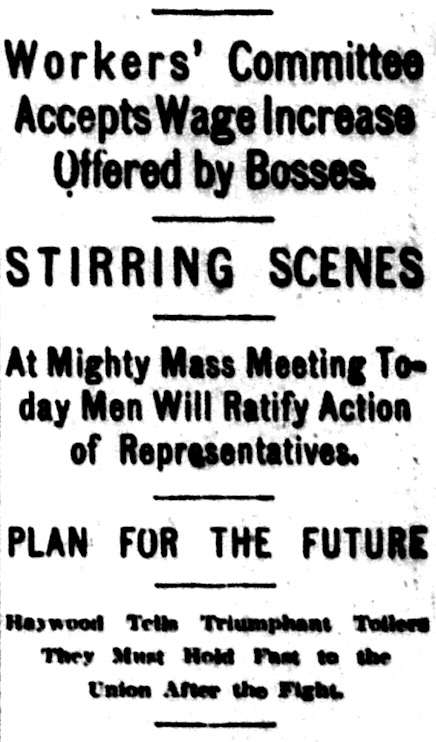
 —————
—————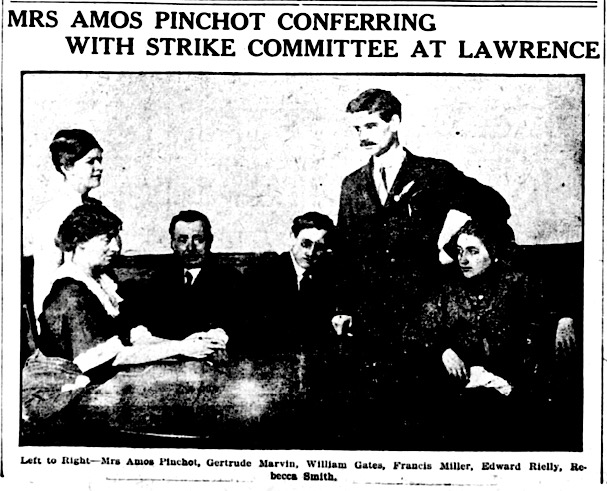
 —————
—————